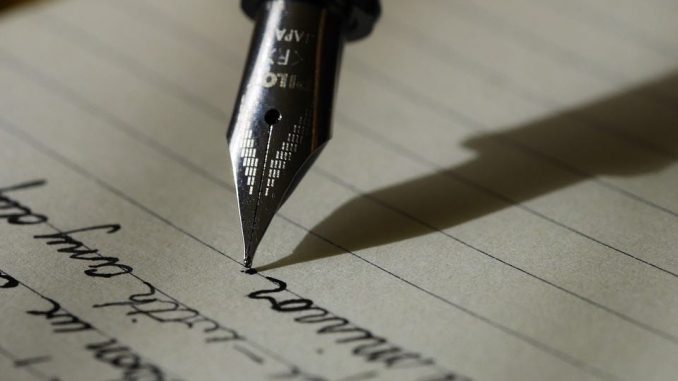
Have you ever imagined talking textbooks and robot teachers in some sort of futuristic dream? Well, it seems that they are not so far-fetched anymore – at least the talking textbooks part is not.
As concerned with education reforms as it is nowadays, the government is currently experimenting with yet another idea. Electronic textbooks, or e-books, are now replacing its paperback counterpart in several primary schools. They are standardized, which means all students have the same one, relatively light and thin containing texts for all of the subjects with an in-built dictionary and pronunciation functions. The tentative attempt is now escalating, and the government hopes to eventually involve all primary and secondary schools in the drive. However, what are its pros and cons? Is it really a blessing, or a curse?
The advantages of using e-books in classrooms are obvious. First and foremost, it can definitely liven up the lessons and makes them much more effective. Teachers have no need to shout out the page number or point out the important parts. The e-books, connected to the teacher’s copy, can help students follow the lesson automatically and mark the places the teacher indicate. Short-sighted pupils no longer have to squint at the blackboard – the teacher’s writings are all in their e-books. It also helps as staring at shiny, moving words is so much funnier than glaring at dull words on the paper, and teachers can be spared the effort to get the attention of the students, and instead, divert it to actually teaching the lesson.
Another important advantage e-books have over their traditional counterparts, is their light weight and small size. With dozens of textbooks to carry every day, most students today have disproportionally huge school bags, especially for primary students. With more and heavier blocks of books, lockers are simply not enough. Many medical professionals have already pointed out the worrying trend of increasing students having crooked backbones. By replacing these unnecessarily heavy blocks with a single e-book that contains as much information or more, e-books can definitely ease students of their burdens.
Lastly, using e-books can also alleviate most families’ financial burden. It is a known fact that the prices of textbooks nowadays are climbing to alarming heights. The total price for a year’s worth of textbooks can amount to several thousand dollars, and the number only increases when the student gets older. However, by replacing printed textbooks with electronic ones, the price can be expected to decrease. While students still have to pay for the copyright fees, copying textbooks by electronic means involves almost no cost, and so the printing cost of textbooks can be saved, and most families can spend less.
Despite its apparent advantages, using e-books in classrooms also has several drawbacks. For one, repairing them can be especially costly. We all know how students typically do not take great care of their belongings, younger students in particular. Primary students tend to be careless and may throw their electronic textbooks around for fun. Such a treatment to e-books is much worse than a few scratches on traditional textbooks, and repairing them is quite expensive.
Another concern is the effect on students’ health and eyesight. No matter how small it is, e-books still emit radiation, which is harmful to students’ health. Students have already their fair share of radiation from TVs and computers, without the added source of e-books.
Last but not least, e-books may actually increase the cost for some families. Less well-off families usually purchase second-hand books to reduce the financial burden, but with e-books, they will have to pay more.
All in all, using e-books in classrooms admittedly have a few drawbacks, but its advantages far outweigh them. I think e-books should be promoted in all schools, so that we, as secondary students, may benefit from them too.

